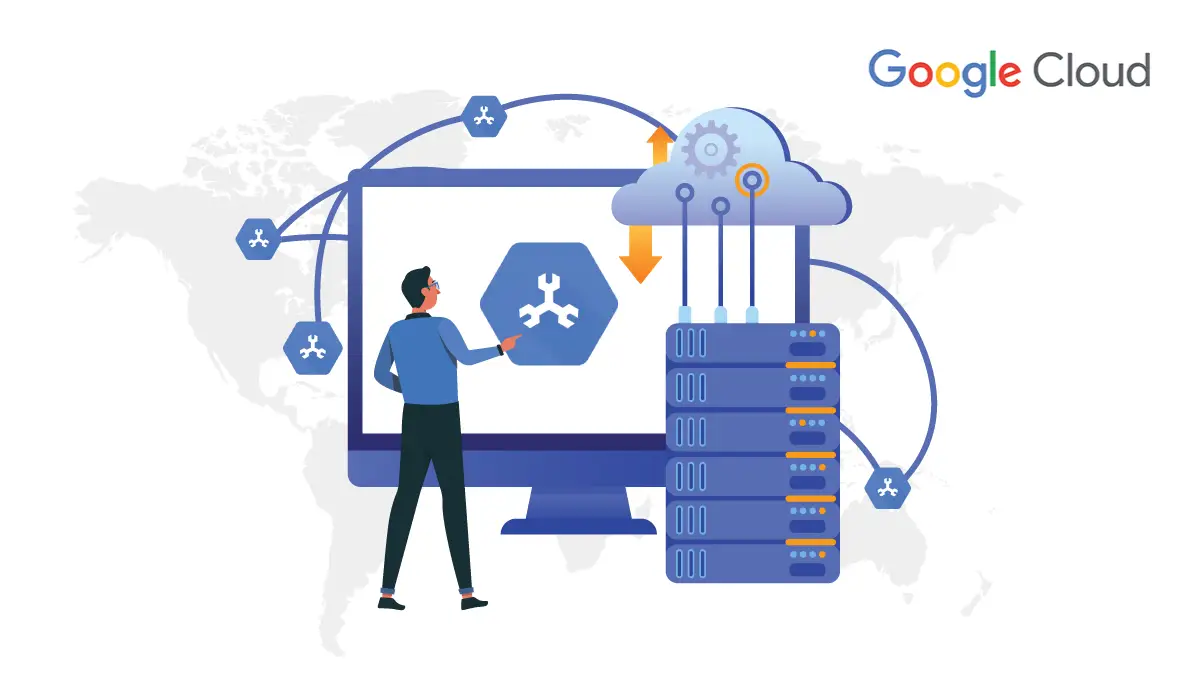As we adjust to the new normal, everyone is moving their social life online. Happy hours, concerts, baby showers, and late-night talk shows-all digital right now. There are two main ways people are connecting online: Video Conferencing and Live Streaming. They’re similar, but the differences are important to know when deciding which is right for you.
What Is Live Streaming?
Live streaming is broadcasting in real-time to an online destination like Facebook, YouTube, or Twitch. You can go live for a small, private group, or a huge public audience – there are no limits to viewers. Live streams allow for a lot of visual control—placing certain guests or elements in particular places on screen so that the look of a live stream can be personalized.
Typically, the live stream is organized by one person who serves as the host or director: Inviting guests to participate, screen sharing, playing prepared video. Additionally, the host replies to questions or comments from viewers in real-time.

Video Conferencing
Video conferencing is a private digital gathering, like on Google Hangouts or Facebook Messenger. Video conferencing is a live video-based meeting between two or more people in different locations using video-enabled devices. Video conferencing allows multiple people to meet and collaborate face to face long-distance by transmitting audio, video, text, and presentations in real-time through the internet.

Similarities and differences between video conferencing and Live Streaming
Similarities
Video conferencing and live streaming are both live! Both can feature pre-taped elements, but the thrust of the event is live, rather than a video simply uploaded to a social media channel.
Some other similarities:
Both allow screen sharing, which allows displaying of pre-recorded videos or prepared materials
Both allow guests to join with their own video and audio, although the manner in which this is done differs by platform
Both feature text-based chat functionality for the audience to comment and react
Both give the host the ability to mute other participants
Differences
Comparatively, live streaming allows for complete control over what your audience sees on the stream. This includes highlighting guests with the right amount of screen real estate, placing logos and brand elements on screen, adding text elements that strengthen your message, and featuring sponsors.
Another major difference between the two is the role of the audience. At a video conference, EVERYONE is a participant. Even with a great host, the audience is left to pilot their own experience instead of relaxing and enjoying the show. On the other hand, similar to an evening talk show or news broadcast, live streamers lead the experience and choose all aspects of guest appearances (who they are, when they come in during the show, where they go on the screen, how many of them there are, etc.)
Record a live-stream event
Full participants from the same organization as the meeting organizer can record the live stream so people can watch the event after the meeting ends. Live-stream events are not automatically recorded, so you must manually start and stop recording. Learn how to Record a video meeting. Guests who join view-only cannot control recording.





